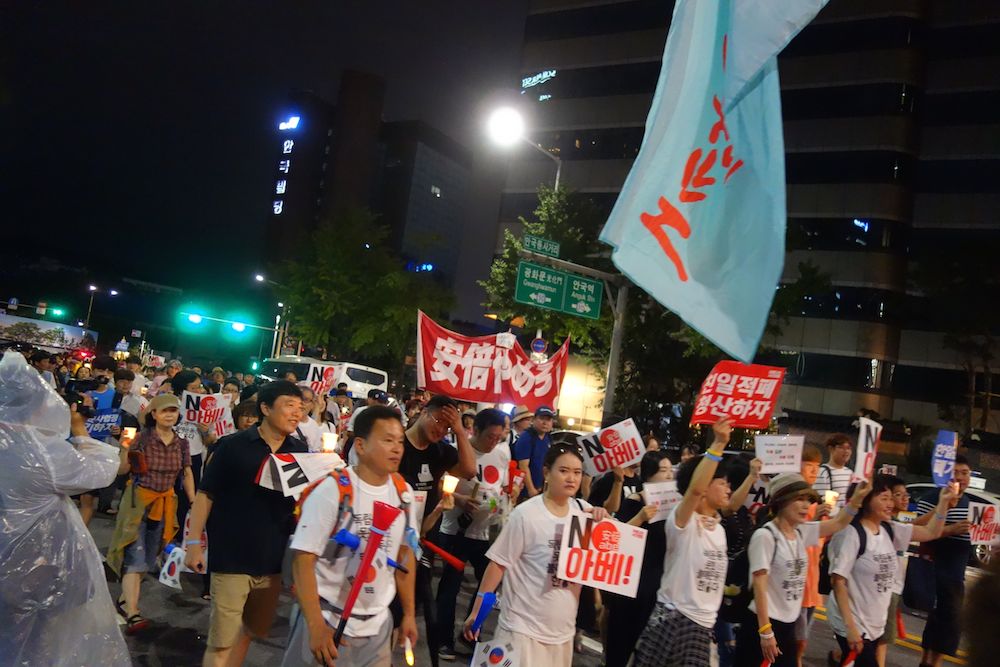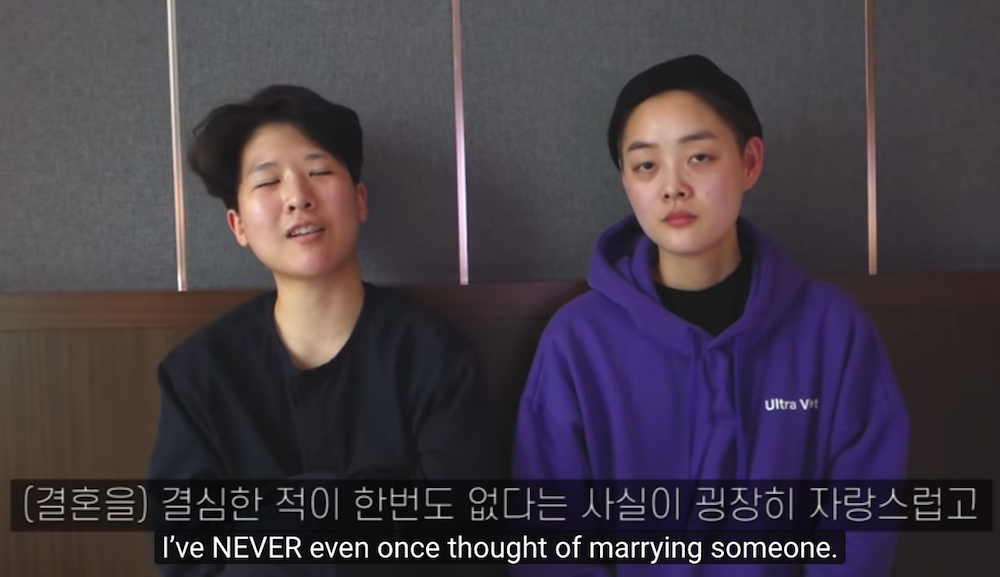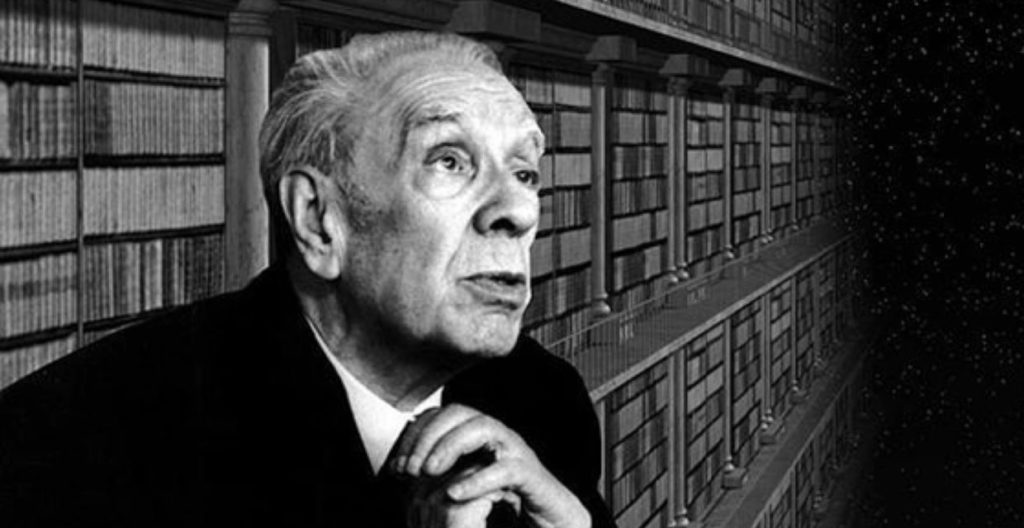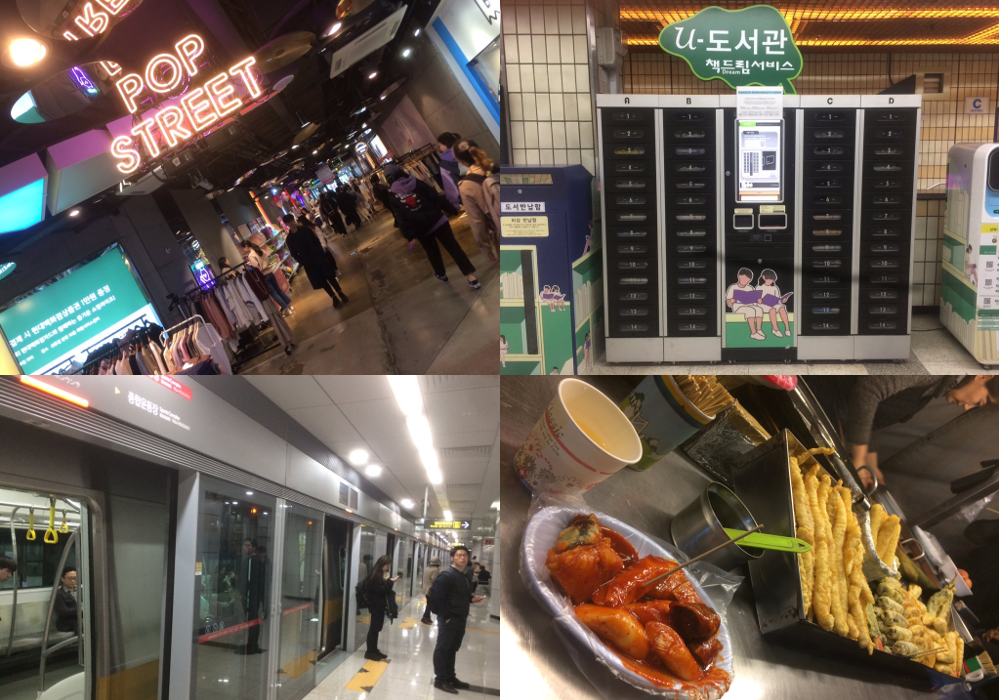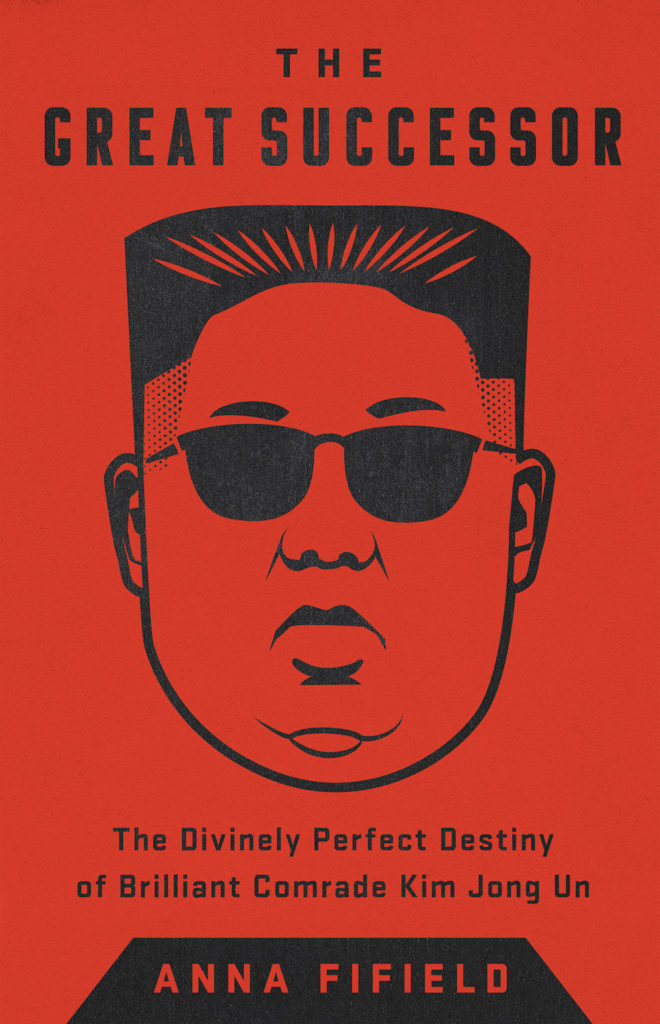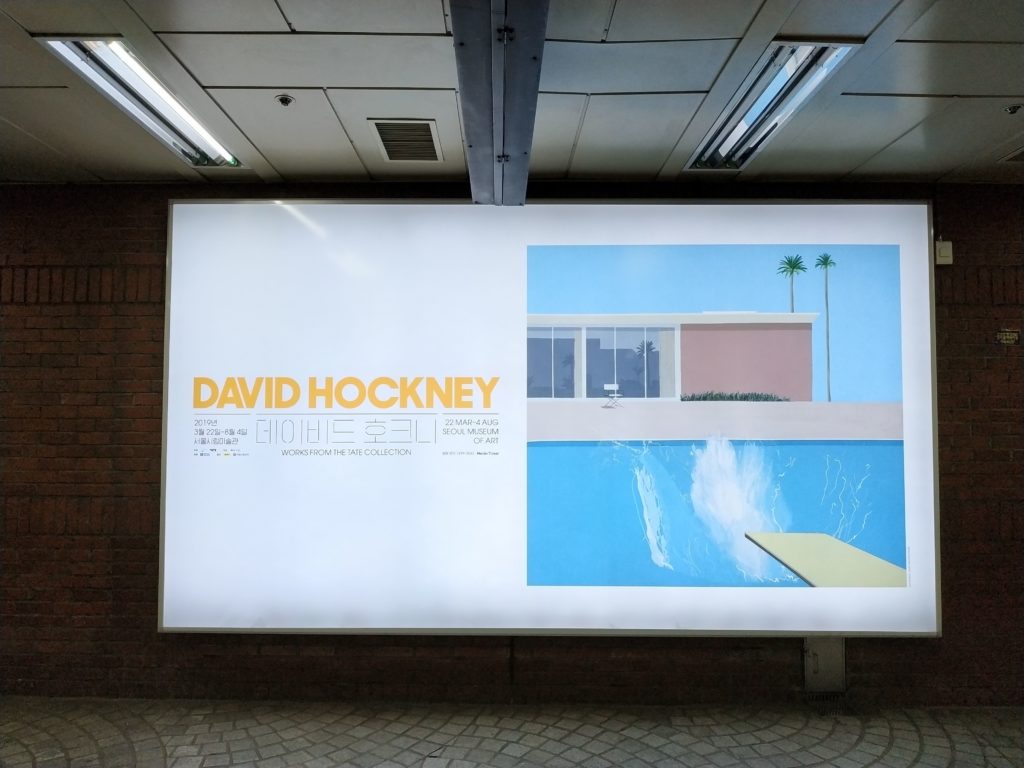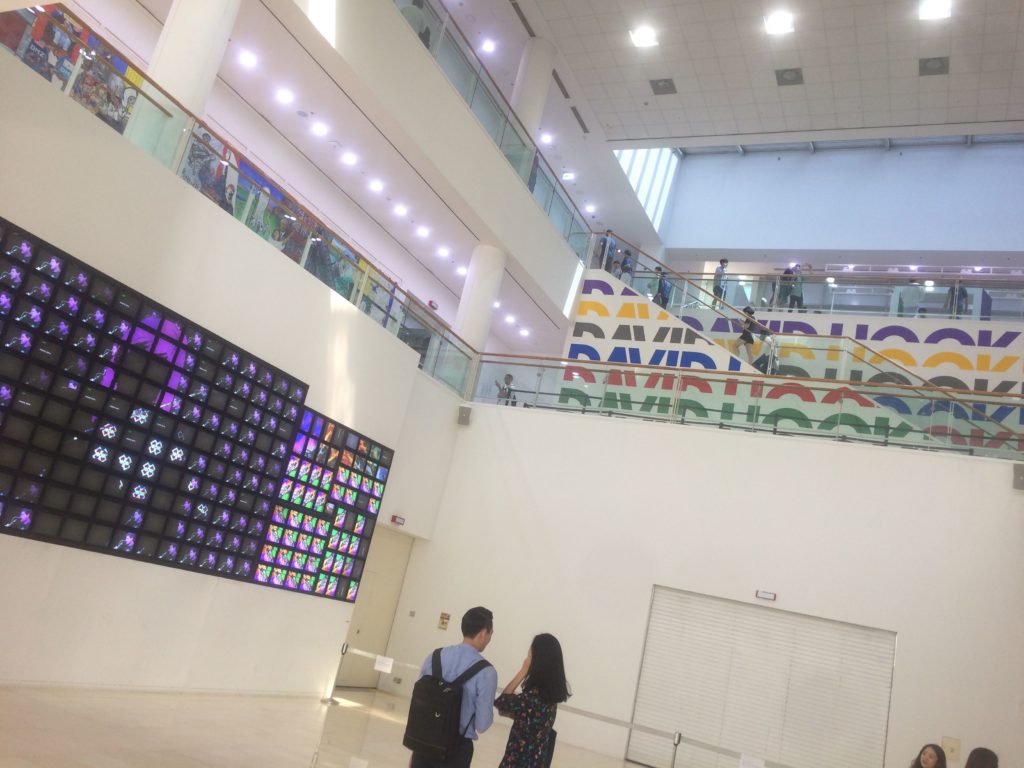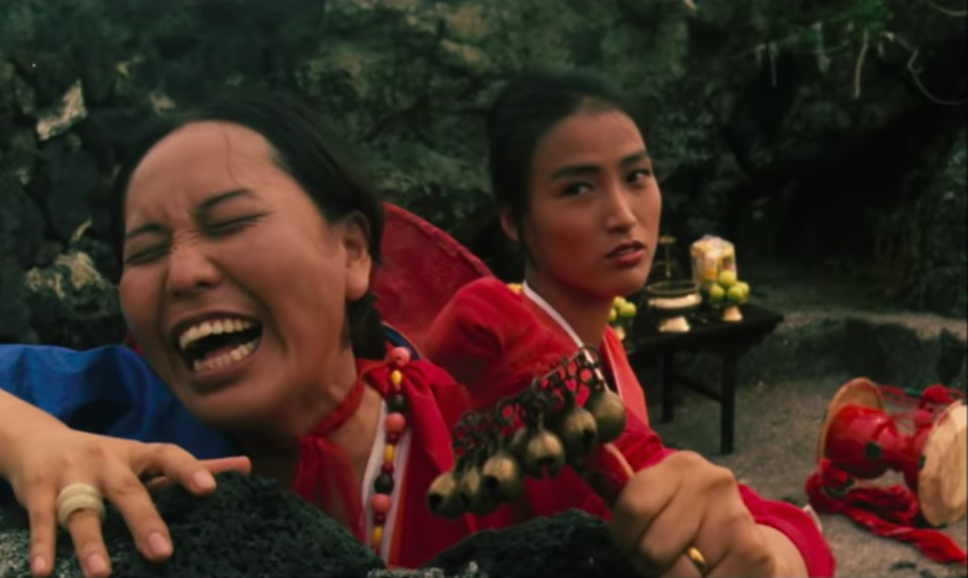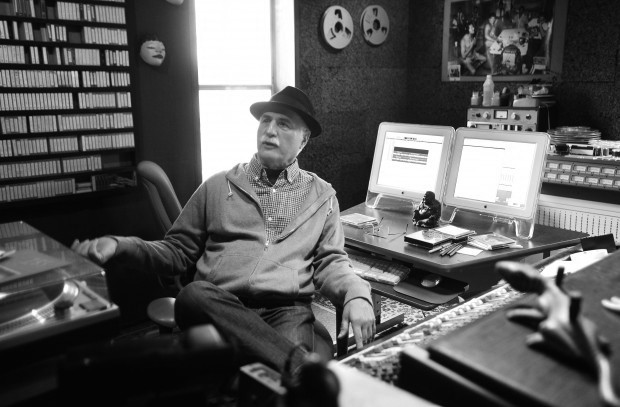
I’m listening again to selections from the archive of long-form interviews I conducted on the public radio program The Marketplace of Ideas and podcast Notebook on Cities and Culture between 2007 and 2015.
I still remember the moment I first glimpsed the cover of Dreams of the Amazon in the CD section at my local library. I must’ve been nine or ten years old, still a few years shy of getting into music, so I don’t know what impulse other than pure curiosity could have brought there. But something about the giant skull, the stone temple, the waterfall, and the crystal city above, all rendered in a vividly colored, Art Deco-esque style, convinced me that I had to hear it. (Looking back, the resonances with other things I was enjoying at the time are clearer: Tintin, 70s Choose Your Own Adventure books like Mystery of the Maya, the PC adventure game Amazon: Guardians of Eden.)
Dreams of the Amazon turned out to be a radio drama, though at the time I didn’t know what a radio drama was. For a while I just called them “ZBS productions,” since ZBS was the name of the company that made Dreams of the Amazon. I didn’t know at the time that ZBS stood for “Zero Bull Shit,” or at least it did when the organization was first founded as a commune on a farm in upstate New York back in — you guessed it — 1970. ZBS’ original mandate laid out a mission of using full-cast radio dramas to “raise consciousness,” as was the style of the time. (A childhood spent listening to my dad’s Firesign Theatre records had already accustomed me to both this form and this sensibility, not that I could have articulated what either group was going for.)
By the early 1990s, the time of Dreams of the Amazon, ZBS productions had grown much slicker-sounding (and featured fewer words of wisdom from the likes of Ram Dass), but they weren’t much less trippy: in its opening scene, protagonist Jack Flanders is approached by a Brazilian-sounding woman who seats herself at his table and proceeds to remove her hair, face, and skin (sonically accomplished, so I’ve heard, with vegetables and rubber gloves), revealing the crystal skull of the cover beneath.

Flanders bumbled into all kinds of mystical and metaphysical trouble around the world (with sound effects invariably recorded on location) from 1972 to 2016, the year his voice actor Robert Lorick died. Incidentally, the actor who initially brought Lorick into ZBS fold happened to teach the acting classes I was taking around the same time I first picked up Dreams of the Amazon. This looks like a striking coincidence now, but at that age you just sort of take things as given (much as I did with the fact of Seattle’s being the center of alternative comics at the time).
Today I would have all kinds of questions for my teacher (who also died in 2016) about the experience of making radio dramas among relatively hard-working hippies building on the conventions of pre-World War II American popular culture. But I did eventually get talk to ZBS Foundation president Thomas Lopez, nom de guerre “Meatball Fulton,” after launching The Marketplace of Ideas. He told me of his then-recent realization that the Jack Flanders series is ultimately about “loving kindness,” which on one hand may be exactly what you might expect someone who emerged from this particular cultural milieu to say, but on the other — upon reflection on my own 25 years of listening to his work — makes perfect sense.
